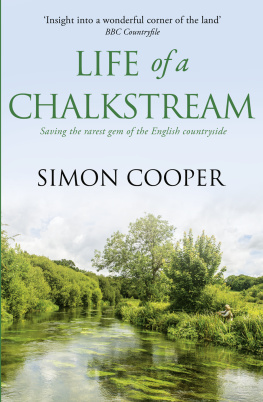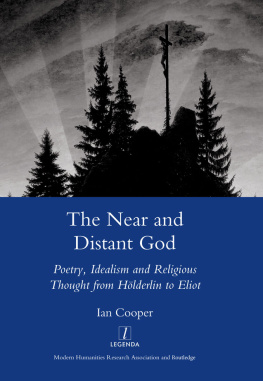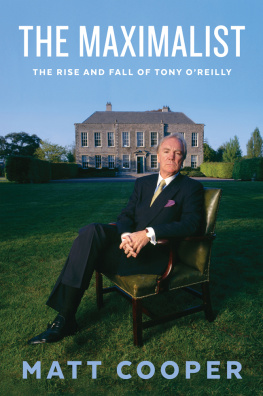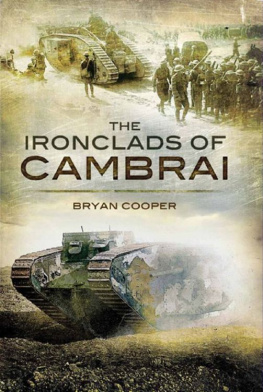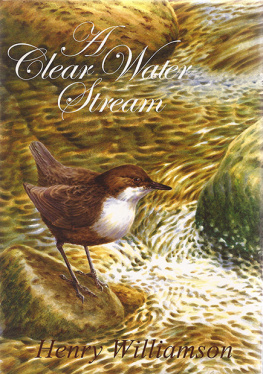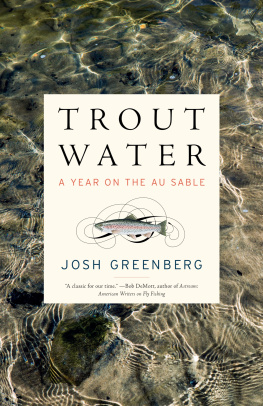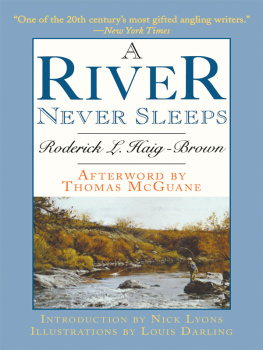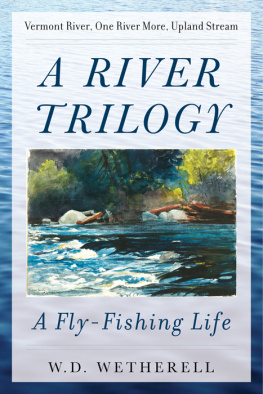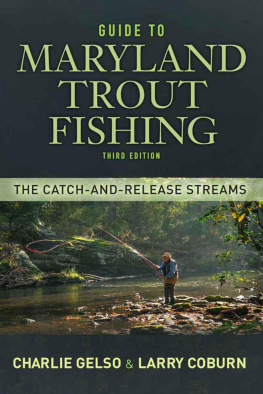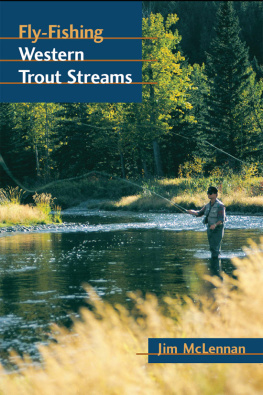This is true. One morning nearly three years ago two emails popped into my inbox from two entirely unconnected people, both of which essentially said the same thing: isnt it high time you wrote a book about the chalkstreams. Sometimes you cannot escape your fate.
One of those two emails came from Emma Kirby, an old friend, who was re-starting her literary agency after time out to raise a family. With the germ of an idea we started to hone a synopsis but soon got into fights about my style. A referee was required, so we tied up with freelance editor Imogen Fortes to adjudicate. Without having been caught in the pincer of these two talents I can say with complete certainty Life of a Chalkstream would never have happened. To you both I owe a huge debt.
Make no mistake, the image of the tortured writer in a lonely attic scribbling away is a very long way from the truth, at least for me. Books are collaborative and I was fortunate to wash up on the shores of HarperCollins with Myles Archibald, the publisher, and his incredibly supportive team. From the original manuscript they have honed, polished and delivered a book of which I hope they are proud they should be its a great job.
Many others have contributed to this book. Shaun Leonard, Director of the Wild Trout Trust put his head on the block and kindly read the manuscript to point out my errors. Any that remain are mine and solely mine, as are the opinions and practices that are not entirely in tune with those of the Trust. Denise Ashton, also of the Trust, let me raid her contacts book. Andy Heath at the Derbyshire Rivers Trust provided the view from the north. At the Environment Agency Heb Leman has always extended my education on all things river, and Lawrence Talks probably knows more about chalkstreams than any other living being. Martin De Retuerto at the Hampshire Wildlife Trust provided the living history. My knowledge of trout rearing is in large part due to Trevor Whyatt at Allenbrook in Dorset.
My livelihood for the past twenty years plus has been made by conserving chalkstreams and organising fly-fishing trips to these very special rivers. The day-to-day logistics of hosting thousands of anglers each year, one hundred and twenty miles of river plus the fishing school here at Nether Wallop Mill in Hampshire from April to October is sometimes quite mind-boggling, but at Fishing Breaks I have the most amazing team who make it happen. Diane Bassett is the linchpin in the office, creating enough space in my days to let me actually do some writing. Jonny Walker and Kelly Hewlett make sure the rivers and cabins are perfect to the eye. My long-time fishing guides, some now retired, Duncan Weston, Simon Ward, Marcus McCorkell, John Stephens, Alan Middleton, Tony King and Mark Bedford-Russell have all taught me stuff I did not know and still make every new day on the river a pleasure.
Each day of the year I meet or talk with the river keepers, owners and guides on the dozens of chalkstreams from Dorset in the west to Yorkshire in the north with whom I have connections, all of whom have always shown me great trust and shared their knowledge unstintingly. To name names would be invidious to those left unnamed and to compound the crime I would make the cardinal error of missing someone out. So to you all, including those who have gone to the great river in the sky, take heart that there is a bit of each and every one of you, plus your river, in this book.
Closer to home I owe eternal thanks to Karrie for the support and the chance to jack in a perfectly good career all those years ago to start what I have today. And finally to Minnie my daughter and Mary the biggest thank-you of all; this would be pointless without you.
Nether Wallop Mill, Hampshire, April 2014
Glasspool. Jim, Chalk Streams (Romsey, Test & Itchen Association, 2007)
Halford, Frederic, Dry-Fly Fishing in Theory & Practice (London, John Bale & Sons, 1888)
Herd, Andrew, The History of Fly Fishing (Ellesmere, Medlar, 2011)
Kite, Oliver, Nymph Fishing in Practice (Shrewsbury, Swan Hill Press, 1977)
Lapsley & Bennett, Matching the Hatch (Ludlow, Merlin Unwin, 2010)
Maxwell, Sir Herbert, British Fresh-Water Fishes (Camberley, Hutchinson & Co, 1904)
Pease, R H, The River Keeper (Newton Abbot, David & Charles, 1982)
Rangeley-Wilson, Charles, Chalkstream (Ellesmere, Medlar, 2009)
Sawyer, Frank, Keeper of the Stream (The Country Book Club, 1954)
Seymour, Richard, Fishery Management and Keepering (London, Charles Knight & Co, 1970)
Vines, Sidney, The English Chalkstreams (London, Batsford, 1992)
Wilson, Dermot, Fishing the Dry Fly (London, Unwin Hyman, 1987)
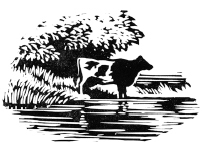
FROM A DISTANCE water meadows look unkempt and uninviting, but once you get into them they have a beauty all of their own, with a myriad grasses, flowers and stunted shrubbery growing in an apparently irregular pattern. The pattern is dictated by the cattle that graze the wet pasture of the river valley.
Cattle, sheep and other livestock are the cloven-hoofed landscape gardeners that create the meadows. Without their relentless chewing, battering down the growth, fertilizing the ground and churning up the turf, the fields would soon become a dense, overgrown bramble thicket. Where they graze tight to the sod the sun and light let the buttercups thrive; cowslips spring from the nitrogen-rich manure patches and where their hoofs punch holes in the soil, the rhizomes of the yellow flag iris are split and separated to create fresh growth for the following season.
And sure enough, as I picked my way across the meadows I spied a diverse collection of cattle grazing in the distance, only their upper bodies visible above the pasture. Livestock are also great path-makers. Their sense of direction may be slightly off-kilter, and they may fail to realize that the shortest route between two points is a straight line, but they are canny and I know that if you deviate from the path theyve trodden you will soon become stuck in boggy ground. So I followed their zigzag path across the field.
Reaching the cattle, a motley collection of brown and white Hereford crosses, black Aberdeen Angus and the pale, long-limbed, lean continental types, I paused to consult the map. The cattle paid me little interest, raising their heads now and then to check me out, but never pausing as they masticated their way through their daily mass of roughage. Im told that meadow-grazed beef is the sweetest, most tender meat of all but it seemed unfair to share this news with them.
To my right the summer brown of the grassland gave way to a vivid green ribbon, the best indication yet that the river was close by. The dry cattle path petered out, giving way to wet ground poached by a thousand hoofs where the cattle had grazed right up to, and under, a barbed-wire fence. In fact the grass immediately under and just the other side of the fence had been grazed as tightly as a bowling green; proof that for cattle at least the grass is greener on the other side of the fence.
Picking the stoutest fence post, I climbed onto the top strand and from this vantage point caught my first view of a sparkling river. I was still separated from the river itself by 30 yards of rushes and as I leapt to the ground the other side I sent up two silent prayers of thanks. First, that I had had the foresight to put on waders those 30 yards were likely to be slimy, smelly and difficult to negotiate. Second, that the river was fenced, because cattle and rivers simply do not mix. Give cattle a chance to graze right up to the edge of the river and that is what they will do. However, cattle are big, clumsy beasts that dont mind getting their feet wet in search of that extra special, tasty mouthful. So they yomp up, down and along the edge of the river, gradually destroying the banks and vegetation.
Next page
